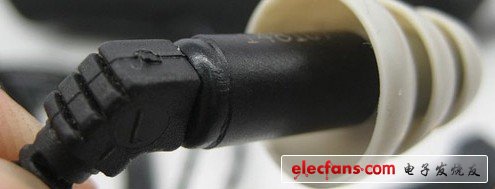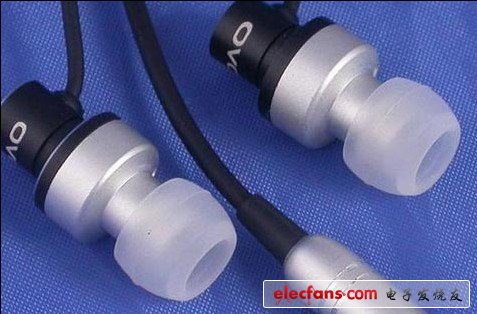What is deep ear, what is shallow ear? At present, there is no standard yet. Personal opinion is that all catheters + earmuffs belong to the deep ear, otherwise they belong to the shallow ear. (As shown below)


In-depth features of earplugs
1. Better guarantee the consistency of audio performance. This is why the current high-end in-ear earplugs are all deep-ear type. For example, people often say px200, some say it has a strong bass, and some say it has no bass. In addition to excluding personal listening preferences, one thing that cannot be ignored is that px200 has different sound leakage conditions on various ears with different shapes. This has caused everyone to sound very different, but as long as everyone puts px200 hard on their ears, I believe few people think it has insufficient bass. Since ordinary portable earphones and earplugs must compensate for the low frequency of the sound to a certain extent, this limits their sound quality, and in-ear earplugs can have a more consistent closing effect on different ears.
2. Earplugs that penetrate deep into the ear can effectively ensure the reduction of external noise and leakage.
3. In-depth earplugs have great stimulation to the ear canal.
4. Sanitation is a big problem.
Characteristics of shallow in-ear earplugs
1. Compared with deep-ear earplugs, shallow-ear earplugs greatly reduce the effect of reducing external noise.
2. The cost is greatly reduced. Saves a variety of complicated earmuffs and special components. The in-ear earplug sleeve is basically a silicone ring. In a noisy environment, due to excellent sound insulation capabilities, high-end deep-ear earplugs have a unique advantage in protecting hearing.
2. Since in-ear earplugs are unnatural pronunciation, long-term listening will cause damage to the brain nerves. (Note: It is not the auditory nerve. After the person receives the sound, the brain will analyze and locate the sound, and this unnatural sound will cause brain nerve fatigue.)
3. High-frequency sounds hurt the ears most. The main damage is the auditory nerves. The powerful bass mainly damages the tympanic membrane.
4. The human body will produce various internal noises (such as the sounds of internal organs). A considerable part of these sounds is transmitted out of the body through the ears. In-ear earplugs block and reflect these sounds when used, which can easily cause tinnitus.
5. In-ear earplugs may scratch the ear canal and cause bacterial infections, which can affect hearing and ears.
6. The length of the human ear canal is generally 2.5 to 3.5 cm. According to physical knowledge, when the length of the ear canal d = (λ / 4) + (kλ / 2), it will cause resonance of the ear canal. Under normal circumstances, the frequency of the sound wave that causes resonance is between 2500Hz and 3300Hz. The in-ear earplugs shorten the ear canal, and the frequency of sound waves that cause resonance will increase to between 4000 and 5000 Hz. Note that the sound in this frequency band is the most harmful to your ears! [λ is the acoustic wavelength; k = 0, 1, 2, 3 ...]
in conclusion
1. Short-term (no more than 1 hour) listening to high-end in-ear earplugs at an appropriate volume will not cause great damage to hearing.
2. Wearing earplugs for a long time (regardless of whether they make a sound) can easily cause tinnitus.
3. Earplugs with low-end shallow ears and bass as the selling point can be regarded as ear killers.
4. In the noisy environment, the use of soundproof in-ear earplugs can protect the ears.
5. Users of earplugs are strongly advised to pay attention to personal hygiene and not to cross-use them.
Xinxiang Mina Import & Export Co., Ltd. , https://www.mina-motor.cn